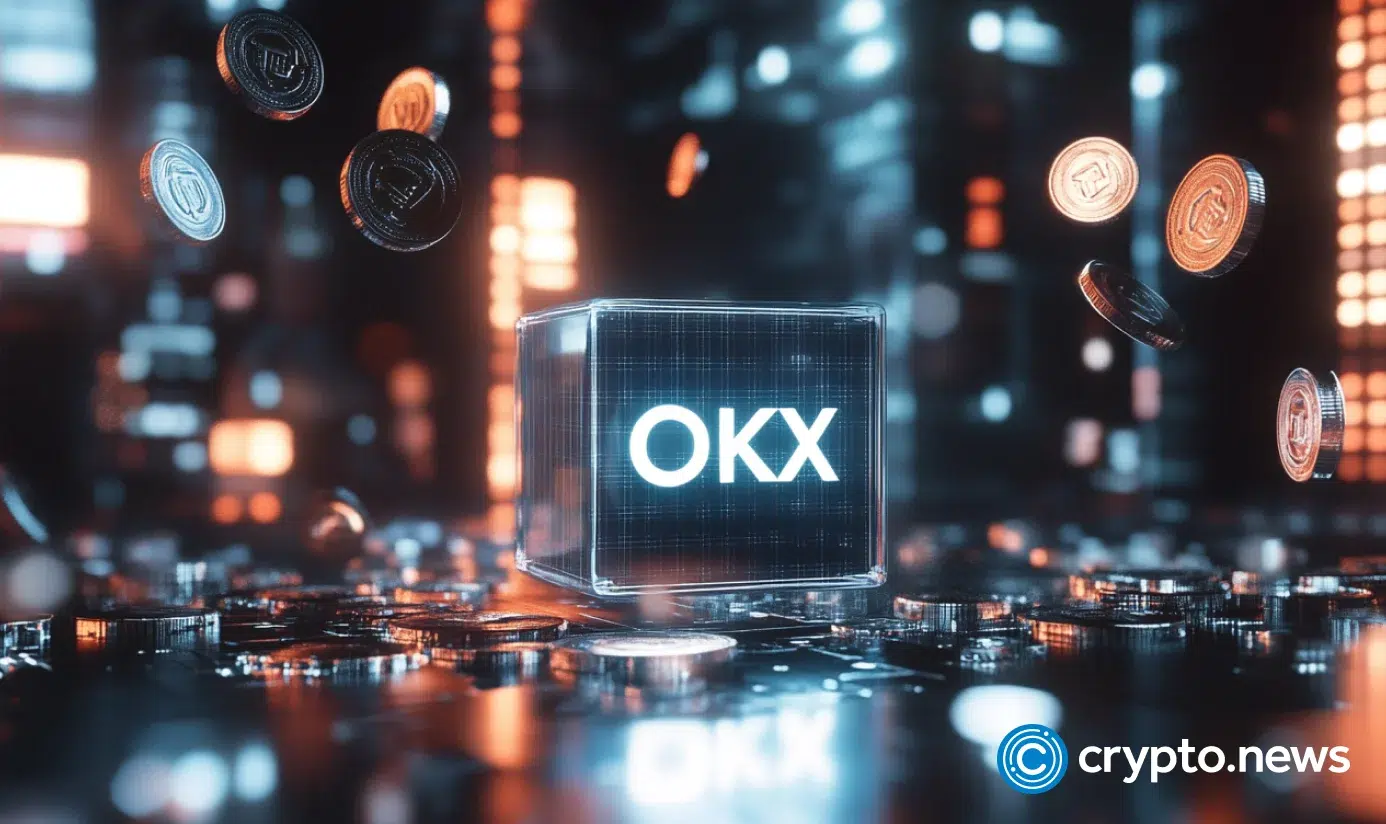
OKX has officially entered the European markets by expanding its services to include 28 EEA regions after becoming the first exchanges to secure a MiCA license.
The crypto exchange informed users that it has expanded its trading services across 28 European Economic Area member states, operating from its main hub located in Malta. The exchange estimated that more than 400 million Europeans will be able to access its MiCA-compliant crypto services.
According to the announcement, OKX is now available in the following countries: Austria, Belgium, Bulgaria, Croatia, Cyprus, Czech Republic, Denmark, Estonia, Finland, France, Germany, Greece, Hungary, Ireland, Italy, Latvia, Liechtenstein, Lithuania, Luxembourg, Malta, Netherlands, Poland, Portugal, Romania, Slovakia, Slovenia, Spain, and Sweden.
The news comes nearly a month after the platform successfully secured a MiCA license, granting it permission to operate in the EU under the new regulations.
With a MiCA license, OKX is able to expand its services across all EU countries as long as the platform complies to the regulatory standards put in place. The exchange will provide users with over-the-counter trading, spot trading and bot trading.
To accommodate its new European users, the exchange is offering over 60 euro-based trading pairs in addition to more than 240 cryptocurrency tokens and 300 trading pairs already included in the platform.
European users can now deposit and withdraw euros for free via bank transfers and purchase crypto assets through cards and other widely-used local payment methods.
In addition, the trading platform also provides local currency options, local language customer support for each region, products designed by regional preference as well as different interfaces for beginners and advanced traders.
In late January, OKX became the first virtual assets cryptocurrency exchange to secure pre-authorization under the MiCA framework. In accordance with MiCA regulations, OKX discontinued its USDT trading pairs within the EEA back in March 2024.
This article first appeared at crypto.news
